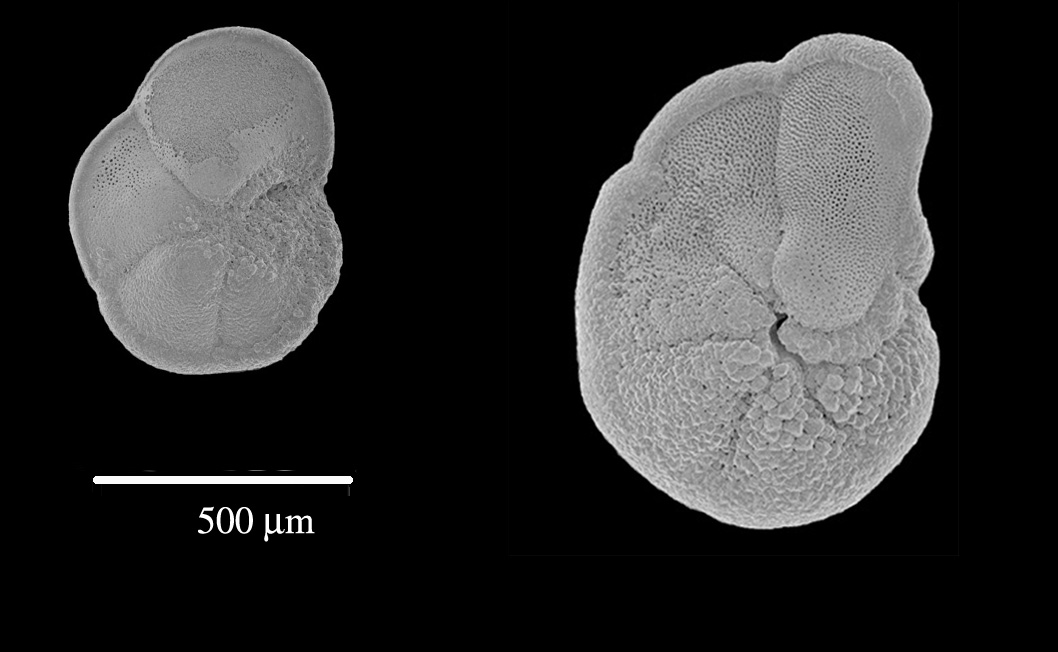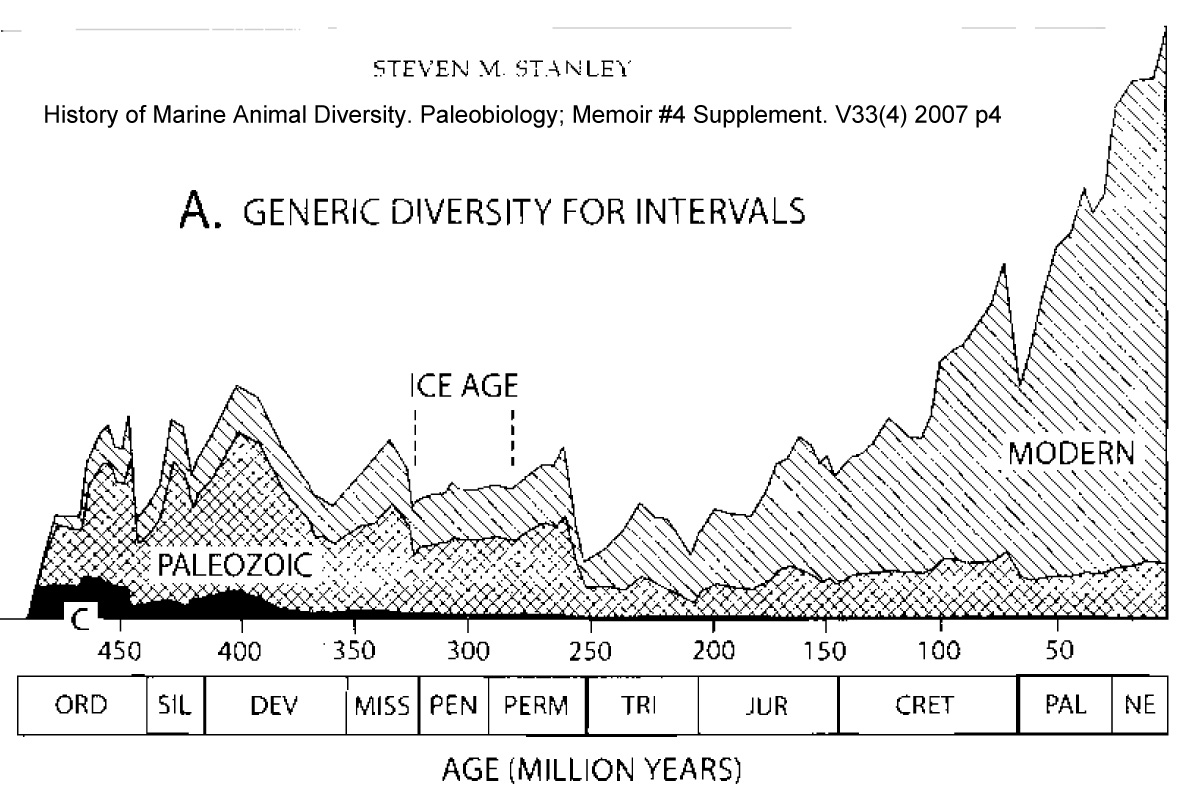My essay this year in Cosmos & History’s collection of papers on “What Is Life” is importantly about noticing that animals are not primarily involved in conflict, as the Darwinian theory and the equations of ecology are described to mean. Life’s Hidden Resources for Learning
When watching animals behave, fish in a stream or mice in the shadows, or even ants, they’re primarily involved in exploring. That learning behavior, poking around their local environments, seems focused on finding things that are free to use, and, won’t get them in danger.
Punishment is not what guides that, but discovery.
Punishment is what signals that a learning process has failed!
It’s the learning animals are observably doing on their own, actively and individually, about their own particular environment, that most determines their individual successes or failures.
The following is from a 12/25 response to an email conversation, with Mary & Stan. We were talking about


 It shows two main periods, 250 million years of irregularly steady diversity of primitive animal life, a sharp dip and then 250 million years of exploding diversity of modern animal life… which we in our stupidity are putting a great big dent in!
It shows two main periods, 250 million years of irregularly steady diversity of primitive animal life, a sharp dip and then 250 million years of exploding diversity of modern animal life… which we in our stupidity are putting a great big dent in!